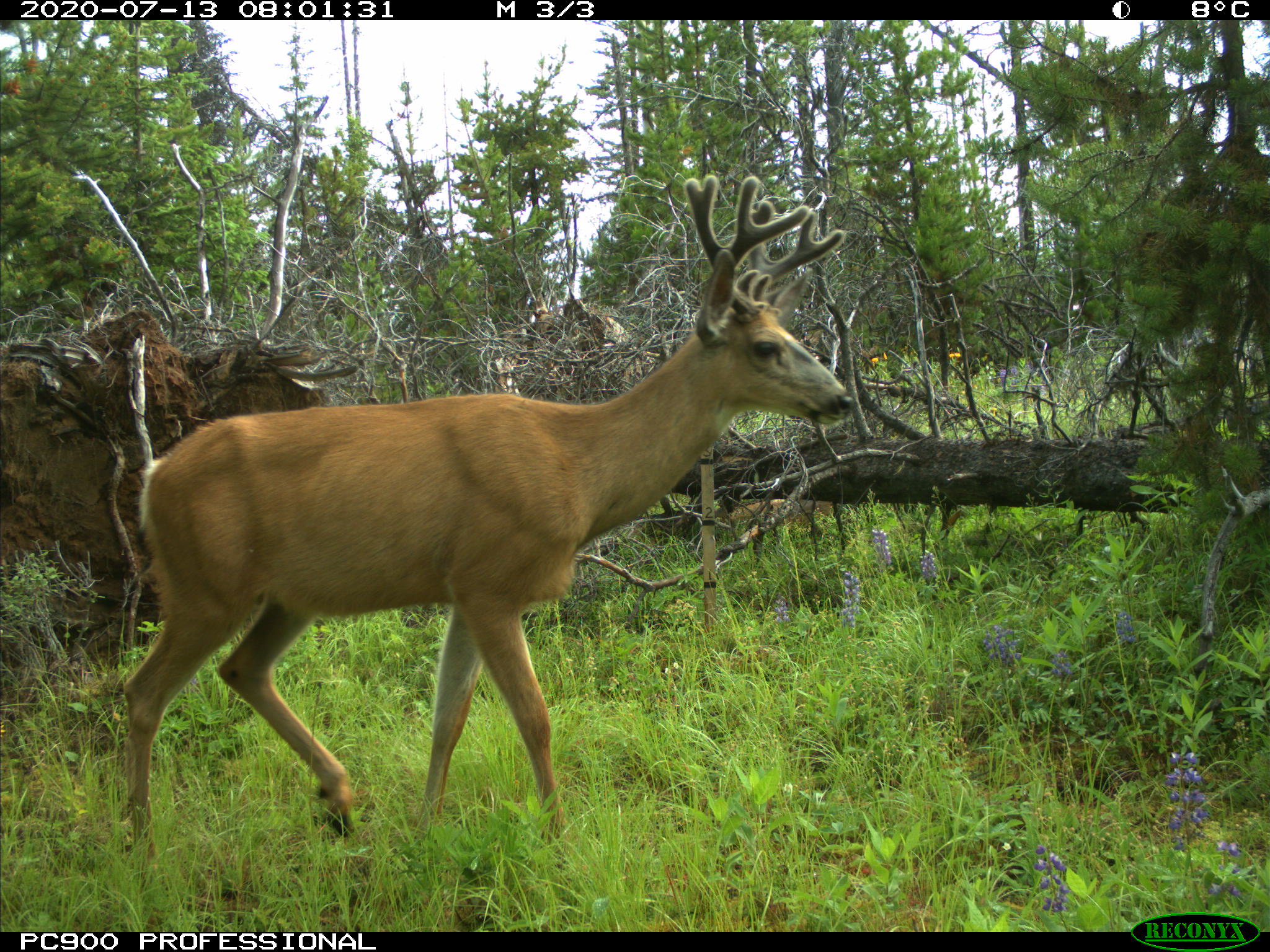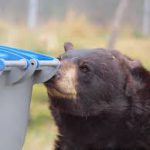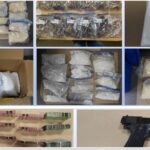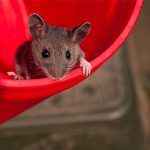Citizen scientists sought for B.C. wildlife study
If you have one day a year to spare, you can play an important role in a multi-year international study of B.C.’s mule deer.
Since 2019, dozens of volunteers have been tending wildlife cameras across 30,000 square kilometres of the southern Interior to better understand changes in the mule deer population, their health, their movements and their predators.
The Southern Interior Mule Deer Project operates 150 cameras in 250 locations, which have historically been moved with the seasonal migration of the deer. We hope to have cameras permanently installed at every research location later this year and that will require new citizen scientists.
The B.C. Wildlife Federation is looking for a few dozen more people who are willing to spend one day a year in the backcountry, locating and servicing the cameras, changing out batteries and collecting SIM cards full of images.
Anyone with a backcountry road map, a GPS or smartphone, and sensible shoes can play an important role in this scientific endeavour, according to camera site coordinator Grant Hiebert.
“Our goal is to discover what is causing the continual decline of the mule deer population, but we are covering a vast area, from 100 Mile House in the north all the way to the U.S. border,” he said.
“We have people who do this near their homes, but other folks from the Lower Mainland do it as part of their annual fishing or hunting trip, or when they come out to visit relatives,” he said.
More than 2.5 million images have been collected to date. Data analysis will be supervised by University of Idaho PhD candidate Sam Foster.
“Our team will determine how factors like wildfires, logging, roads, and people influence the distribution and activity patterns of mule deer, as well as the strength of interactions between mule deer and the many other species that eat or compete with them,” said Foster.
In addition to the deer, the cameras frequently capture images of predators such as wolves, bears and cougars, especially in areas with industrial access roads and skidding tracks leftover from logging.
“At some sites, one camera is placed in the bush, while another is placed looking over a nearby road or quad trail,” said Hiebert. “The purpose of this is to find out whether predators are successfully using human-made pathways to access their prey.”
The BCWF is looking for people who are passionate about wildlife and the outdoors to commit to a one-day backcountry adventure once a year to service the cameras.
If you are interested in volunteering, please contact Grant at simdeercameras@gmail.com
The next phase of the SIMdeer Project will involve examining millions of images to identify the animals captured on camera, along with the time and location, to begin data analysis. This phase will also require volunteer citizen scientists.
To participate in image analysis, please contact Sam at samuelfoster@uidaho.edu
The SIMdeer project is a joint effort by B.C. Wildlife Federation, University of British Columbia Okanagan, University of Idaho, Okanagan Nation Alliance, Bonaparte First Nation, and the Fish, Wildlife, and Habitat Branch of the B.C. Ministry of Forests, Lands, Natural Resource Operations, and Rural Development.
The Southern Interior Mule Deer Project is depicted in this documentary film: Community for the Wild



























Comments